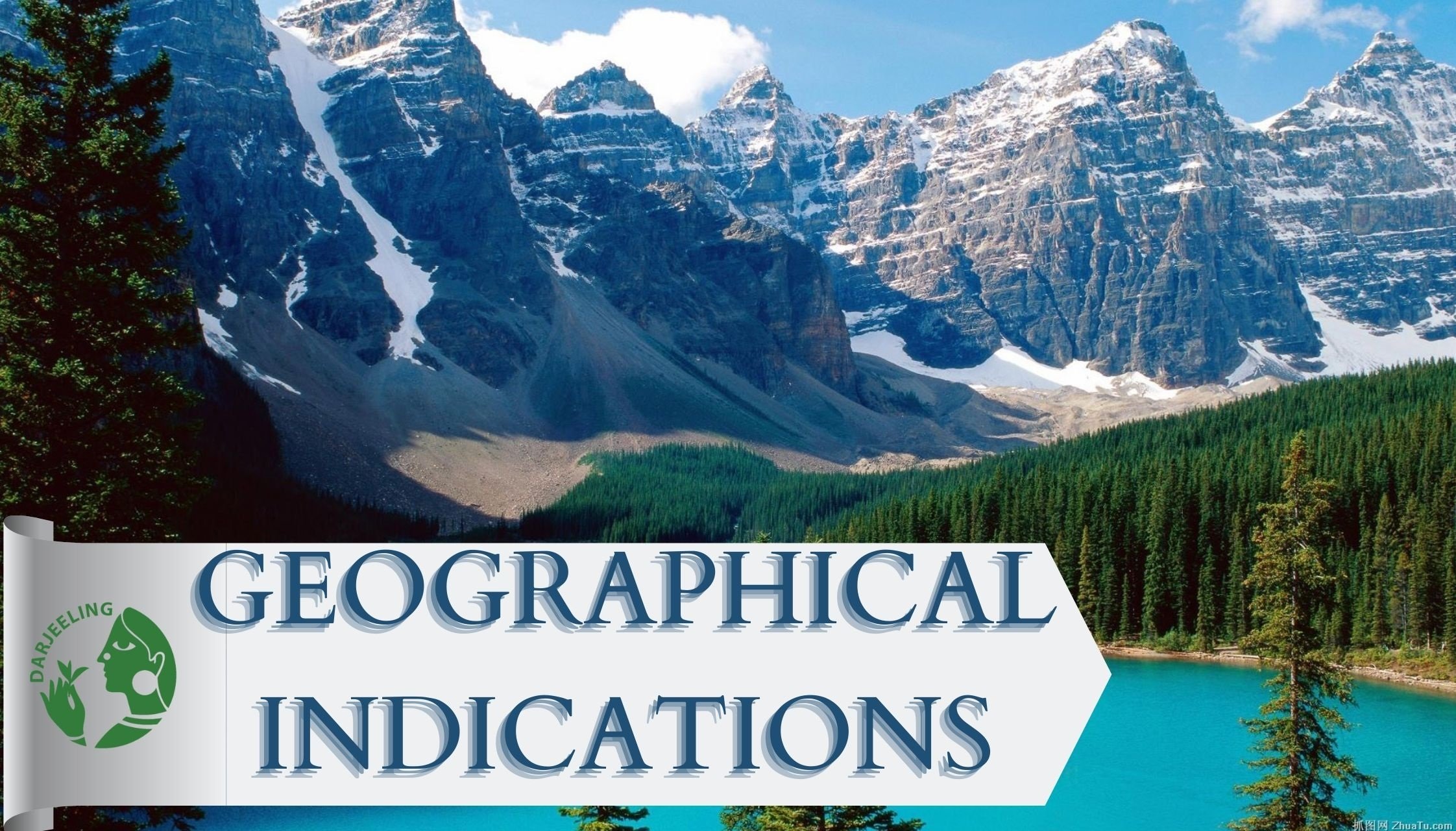GEOGRAPHICAL INDICATION
Geographical indications are words that distinguish a product starting (originating) from a specific spot: for instance, "tequila", "champagne" or "parmesan". The Agreement on Trade-Related Aspects of Intellectual Property Rights (TRIPS) sets out global guidelines that apply to these terms. By methods for instance, when a name becomes conventional it is allowed to utilize.

What are the Geographical Indications?
Geographical indications are words that distinguish a product starting (originating) from a specific spot: for instance, "tequila", "champagne" or "parmesan". The Agreement on Trade-Related Aspects of Intellectual Property Rights (TRIPS) sets out global guidelines that apply to these terms. By methods for instance, when a name becomes conventional it is allowed to utilize.
Will sparkling (shimmering) wine be classified "Champagne" regardless of whether it doesn't come from the French countryside? Does it bode well for the black tea with the botanical smell to be designated "Darjeeling" just when it comes from the city with this name in Northwest India? Questions with respect to the supposed "geographical indications" actually create warmed discussion among the primary financial forces.
"European Union makers or producers are losing billions per year in light of the fact that non-European makers are exploiting the standing of European-quality items," cautioned Franz Fischler, the EU chief on farming issues, in 2003. Thus, "The United States and different nations restrict this position" supported a New York Times publication, "feta, parmesan, and a lot of different names that the Europeans are guaranteeing have become as all-inclusive as the name’s enchilada, pizza, and hotdog. Europe, they charge, is essentially attempting to ensure its pampered farmers."
The worldwide local area has attempted to address a portion of these questions through a peace accord that is essential for a bundle of arrangements inside the system of the World Trade Organization (WTO). This accord leads to the formation of The Agreement on Trade-Related Aspects of Intellectual Property Rights or in short TRIPS. Under article 22.1 of this treaty, geographical indications are "signs which distinguish a decent as beginning in the region of a Member, or an area or region in that domain, where a given quality, reputation or other traits of the great is basically owing to its geographical root."
Specialists likewise recognize immediate and aberrant signs. Albrecht Conrad, from the University of Freiburg, shows that "signs of source by and large comprise of the name of a locale yet can likewise comprise of portrayals of geological achievements, recognizable landscapes, heraldic images, notable people or even business bundling. These alleged 'backhanded' geological indications are likewise secured in numerous nations." Charlier and Ngo – from the National Science Research Center of France – show that in the two cases geographical indications structure "a specific classification of intellectual property" that awards makers initially from territory the option to forestall business dissemination of products that recognize themselves through the area however that doesn't come from same.
The TRIPS Agreement
The TRIPS Agreement doesn't make a difference straightforwardly to makers or producers but instead to States, which are the objective of its guidelines. In other words, the treaty sets out commitments for nations, which should join global insurance principles in their homegrown guidelines. The principles are three: much of the time, a "standard degree of insurance"; on account of wines and spirits, a "more elevated level of assurance"; lastly, certain exemptions, i.e., cases that have no security at all, where geographical indications are allowed to utilize.
The standard degree of security/protection
Article 22 of the TRIPS Agreement specifies that States should build up instruments for invested individuals to forestall "the utilization of any methods in the assignment or introduction of a decent that shows or recommends that the positive qualities being referred to begins in a geographical zone other than the genuine spot of the root in a way which misdirects the general population with respect to the geographical inception of the good" or "any utilization which comprises a demonstration of unreasonable rivalry." The arrangement likewise demonstrates that regardless of whether the indication is "from a genuine perspective substantial concerning the locale, territory or area in which the product start," it might be hindered if it "insincerely speaks to the public that the products begin in another domain."
Wines and spirits: improved assurance
Article 23 of the deal specifies that the geographical indications alluding to wines and spirits –, for example, "Champagne" or "Tequila"- should have a more noteworthy degree of insurance than what is by and large conceded. For this situation, "subject to various special cases," clarifies the WTO site, "these indications must be secured regardless of whether abuse would not reason people, in general, to be misdirected." The arrangement additionally explains that the insurance applies "even where the genuine starting point of the merchandise is demonstrated or the geographical indications are utilized in interpretation or sign is utilized in interpretation or joined by articulations, for example, "kind", "type", "style", "impersonation" or something like that."
In the arrangement, the States likewise communicated their understanding in the production of a "multilateral register for wines and spirits" explicitly consenting to the security of each geographical indication on the lookout. This cycle is right now being arranged.
Special cases
Article 24 of the arrangement takes into account situations where geographical indications don't need to be ensured and are allowed to utilize. The term for instance, "cheddar" by and by implies to a specific sort of cheddar not really made in Cheddar, in the UK, and when a term has been enlisted as a trademark.
WANT TO KNOW HOW YOU CAN FILE INTERNATIONAL TRADEMARK? WATCH THIS VIDEO -
BY: ANANYA PANDEY












